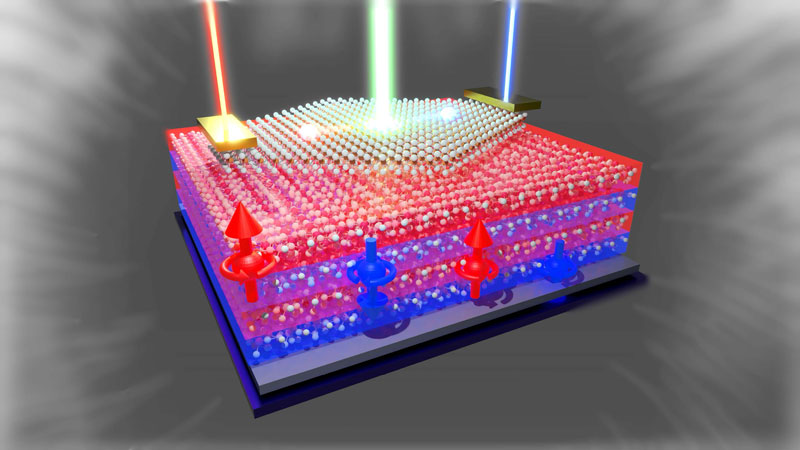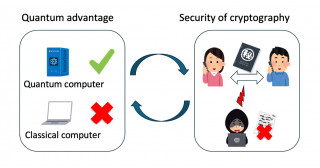Kyoto, Japan -- As we witness the detrimental effects of climate change, the need for a rapid shift to renewable energy is only becoming more urgent. One of the most efficient forms of renewable energy, solar power, is generated by solar cells, which are the building blocks of solar panels. These electronic devices use semiconductors to convert the energy of light into electricity, a process called the photovoltaic effect.
Conventional solar cells have fundamental limitations in output voltage and conversion efficiency. A phenomenon called the bulk photovoltaic effect, which has attracted much attention in recent years, may enable highly efficient solar energy conversion without such limitations. However, the essential physics of the bulk photovoltaic effect have not been fully understood.
This effect originates from quantum phenomena and involves the asymmetric photoexcitation behavior of electrons, causing a steady electrical charge flow called a shift current, which is usually generated in the system with space-inversion symmetry. Another current materializes when there is a break in time-reversal symmetry, or the symmetry of physical laws when the flow of time is reversed. Since time-reversal symmetry is broken in magnetic materials, new effects related to the bulk photovoltaic effect are expected to arise in magnetic systems, but many aspects of these systems remain unexplained both theoretically and experimentally.
This motivated a team of researchers at Kyoto University to observe these new phenomena, requiring them to overcome technical difficulties in controlling spatial and time-reversal symmetry. The team created a new artificial heterostructure device with a monolayer two-dimensional semiconductor and a magnetic layered material meant to mimic broken spatial and time-reversal symmetry at its hetero-interface.
With their device, the team measured current-voltage characteristics under light illumination by changing the temperature and spin direction, for which they applied an external magnetic field. The results indicated that the team's device shows new bulk photovoltaic effect of the magnetic-injection current, which is an extremely promising material platform for next-generation photovoltaic devices.
"Our study has shown that spatial and time-reversal symmetry can be flexibly controlled by artificial structures, enabling a variety of optical responses and current generation that have not been seen before," says corresponding author Kazunari Matsuda.
In particular, the team demonstrated that the magnetic injection current can be controlled by an external magnetic field, which is expected to lead to new applications not only in solar cells but also in technologies like optical sensors, spintronics, and energy harvesting devices.
Furthermore, this research indicates that the shift current and the magnetic injection current can coexist, making it possible to develop photovoltaic systems that are more efficient and multifunctional than ever before.
"Our research shows there is great potential in magnetic systems for the development of next generation solar-cells," says Matsuda.

【DOI】
https://doi.org/10.1038/s41467-025-58918-9
【KURENAI ACCESS URL】
http://hdl.handle.net/2433/294465
Shuichi Asada, Keisuke Shinokita, Kenji Watanabe, Takashi Taniguchi, Kazunari Matsuda (2025). Nonlinear photovoltaic effects in monolayer semiconductor and layered magnetic material hetero-interface with P- and T-symmetry broken system. Nature Communications, 16, 4827.





